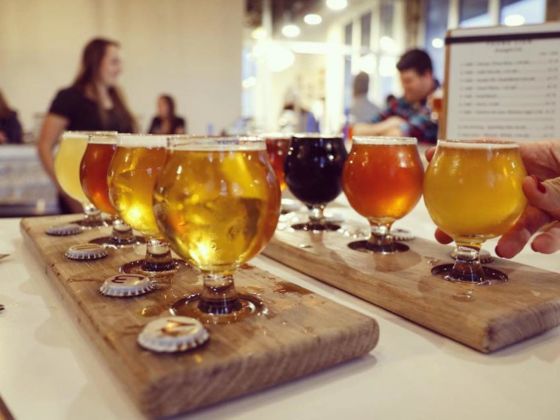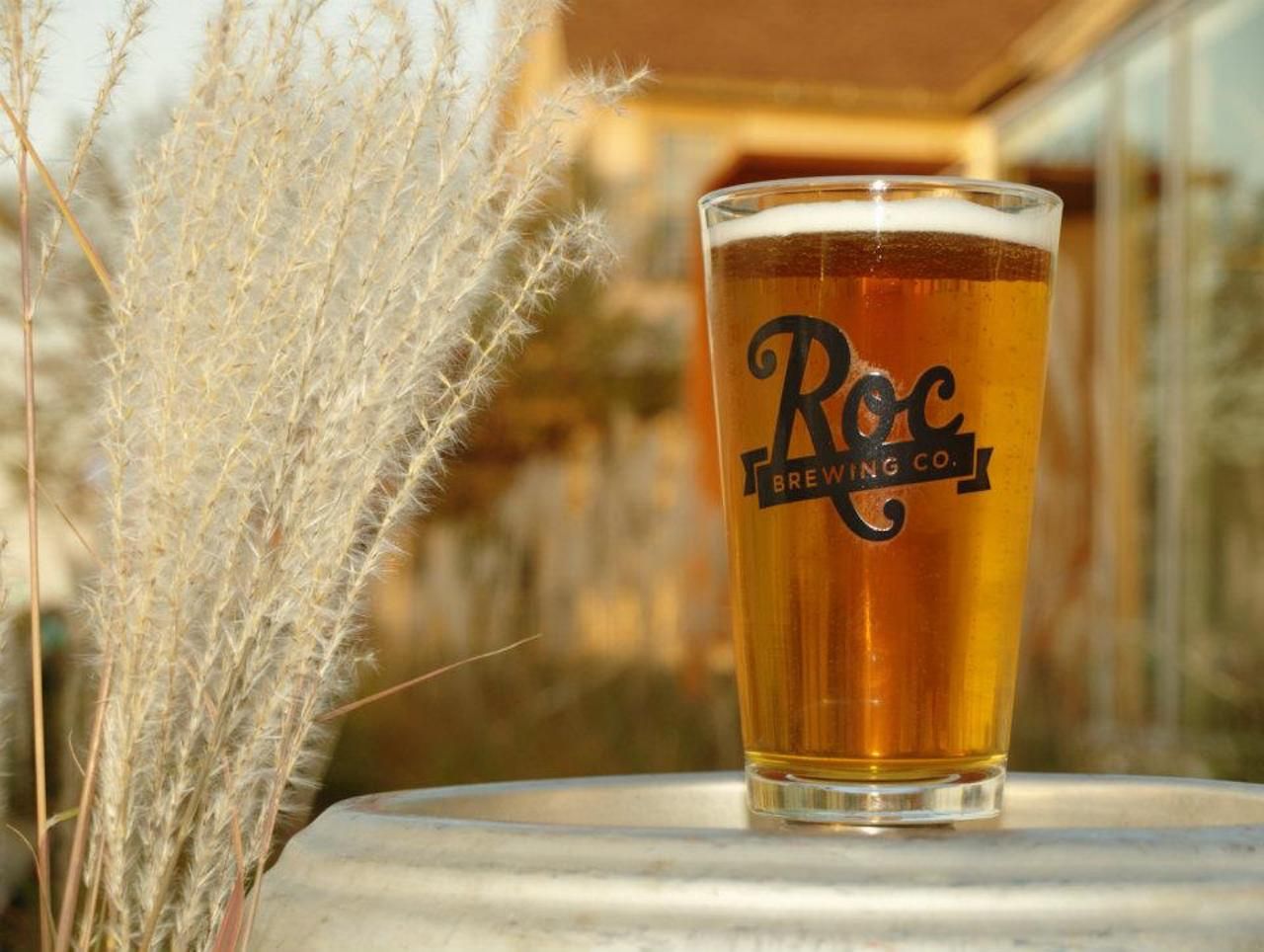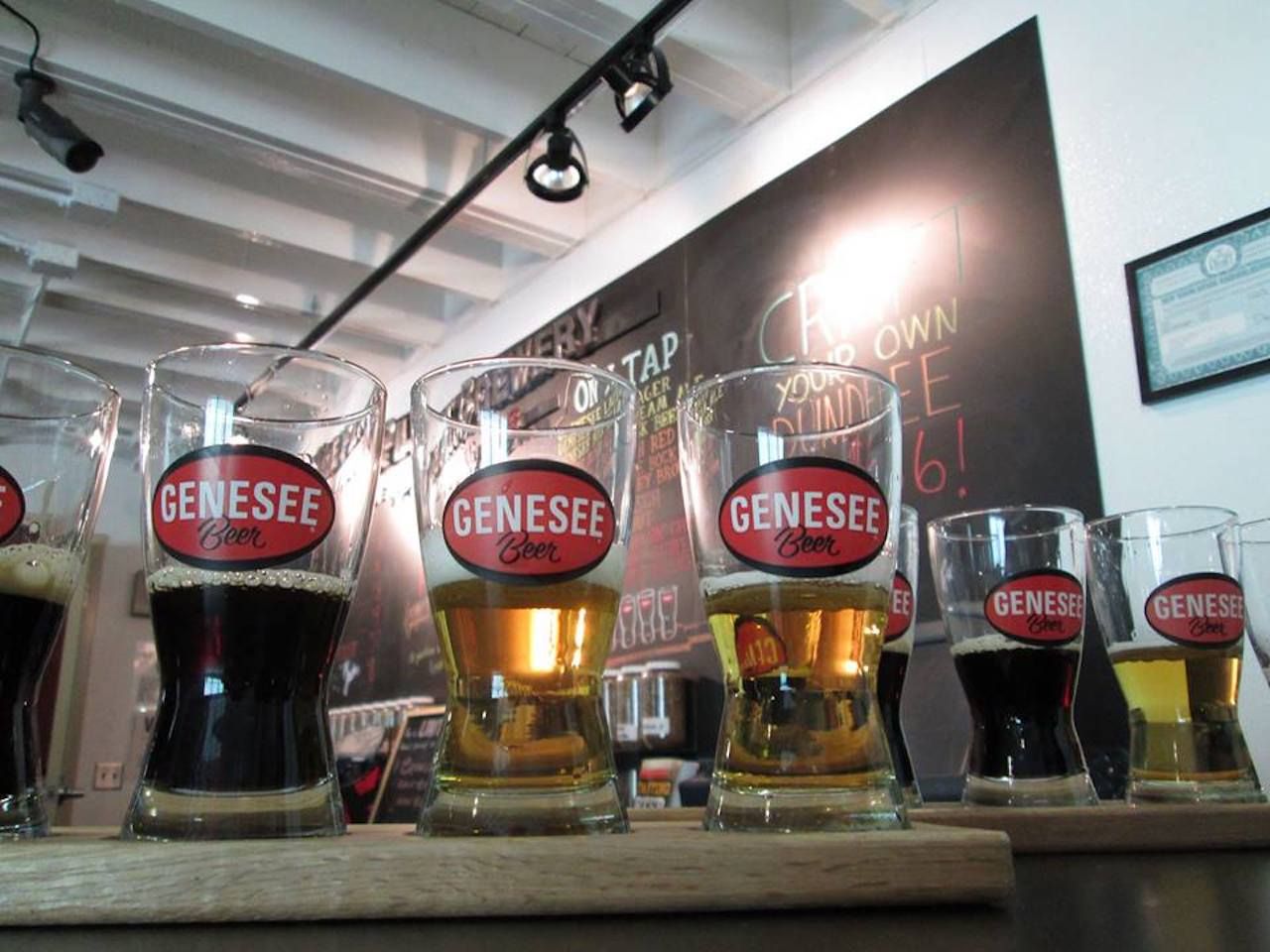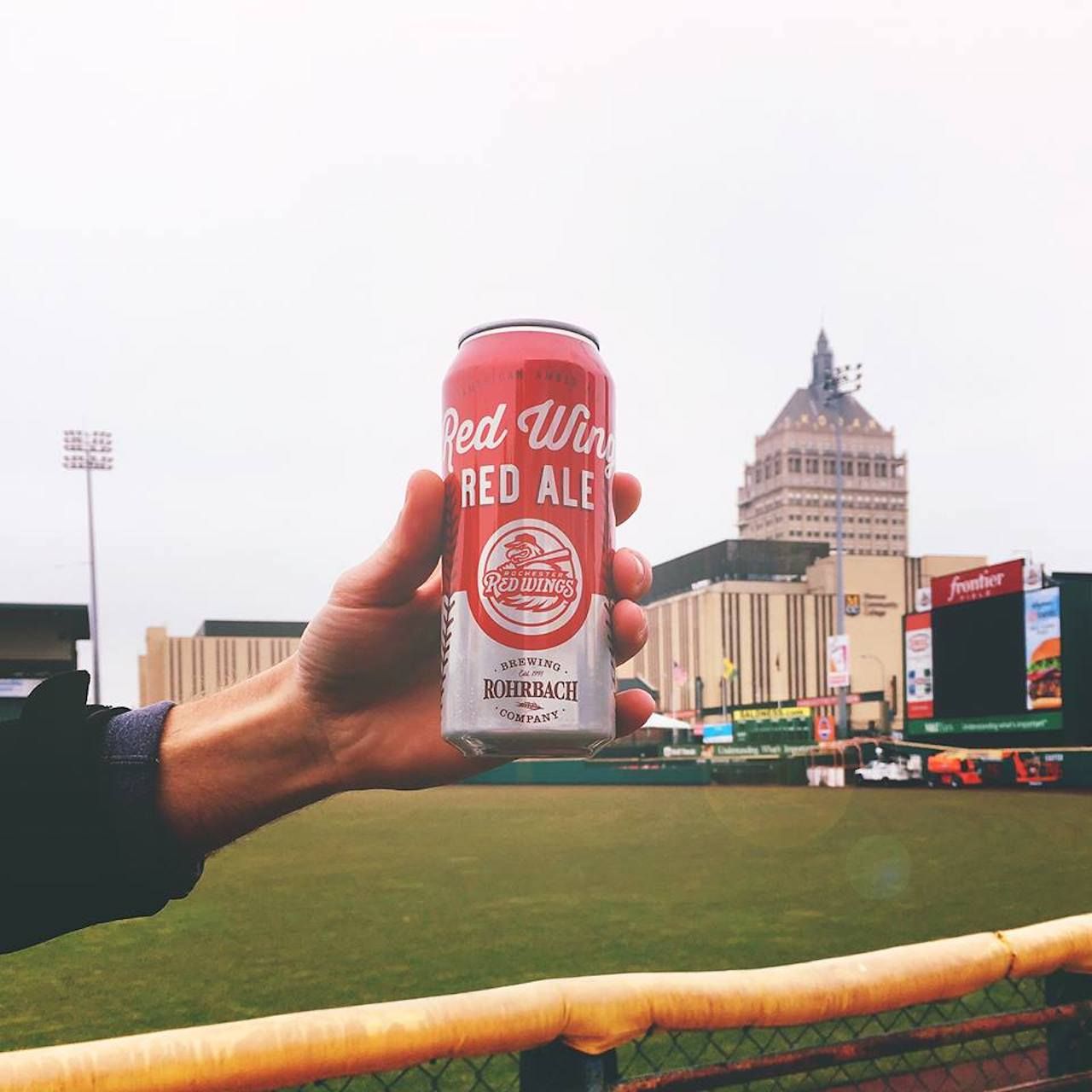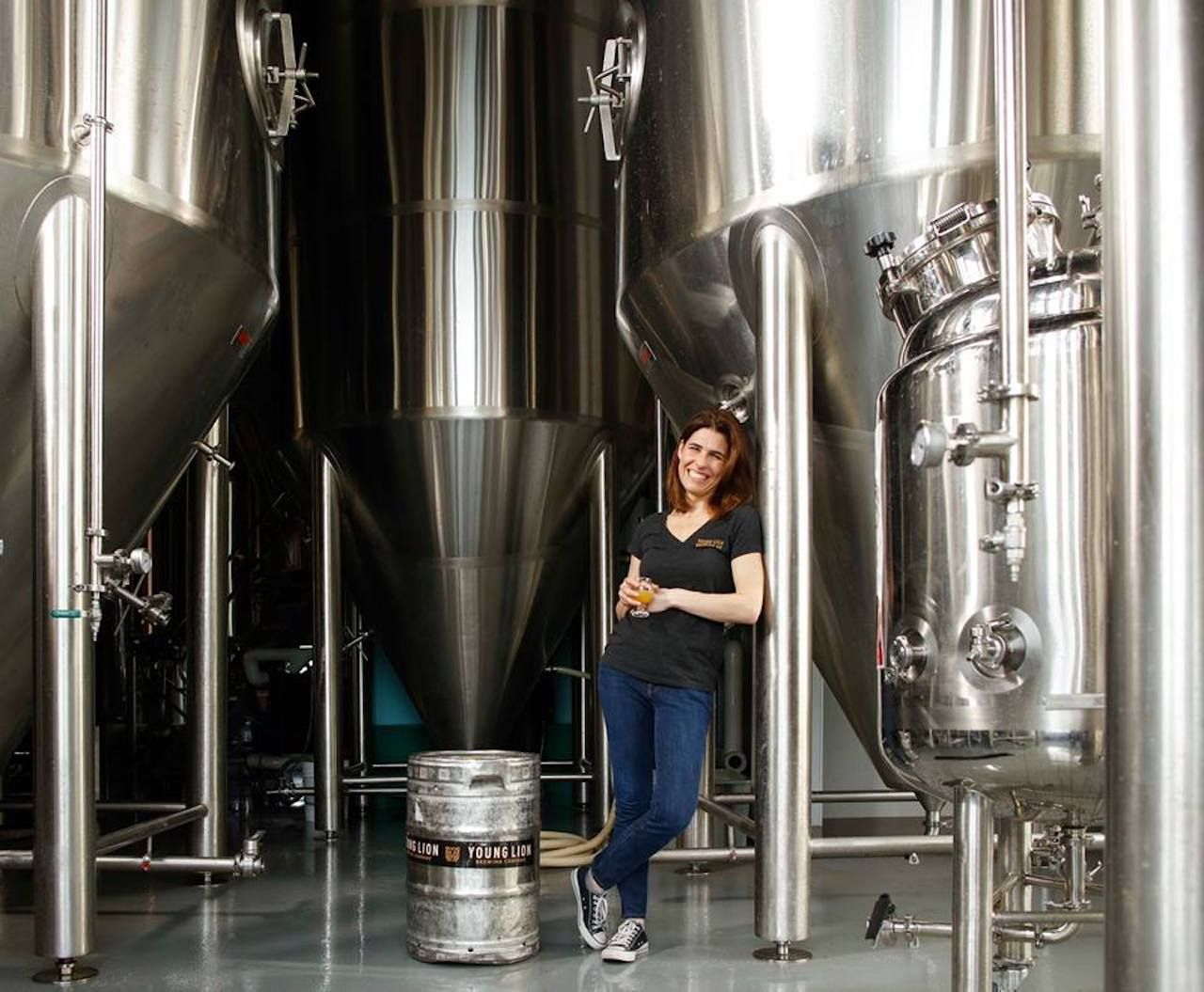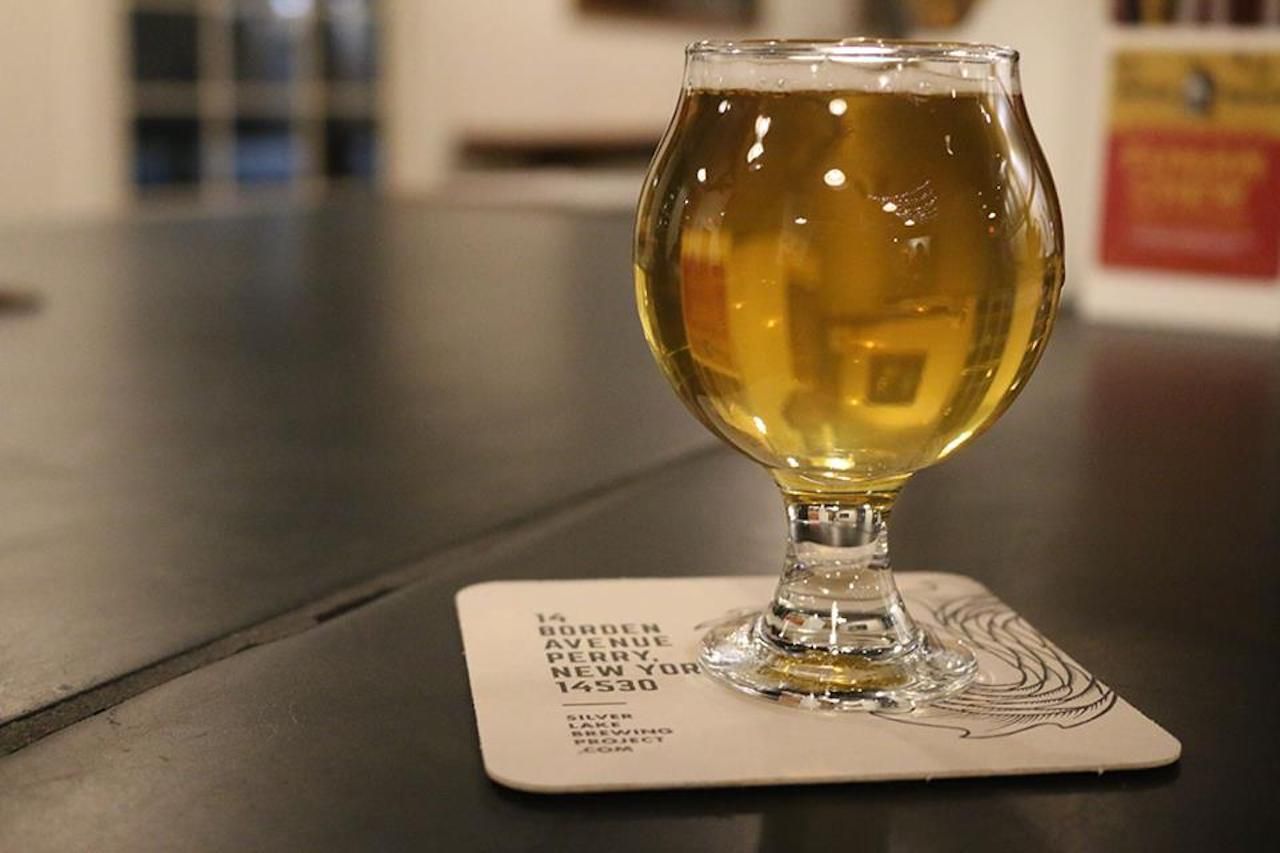“Milkshake IPA” sounds a little like Tabasco sauce ice cream. Maybe you like both parts separately, but together it sounds gross. But, I told myself as I took a hesitant first gulp in the Roc Brewing tap house, “when in Rochester…”
Surprisingly, I liked it. A lot. Much like the city it comes from, the smooth, malty beer was unexpectedly delightful. It has hints of chocolate that cancel out any overt hoppiness, and the kind of creative flavors in beer people go to Asheville, Portland, or Boulder, Colorado, to find. Western New York? Not so much.
